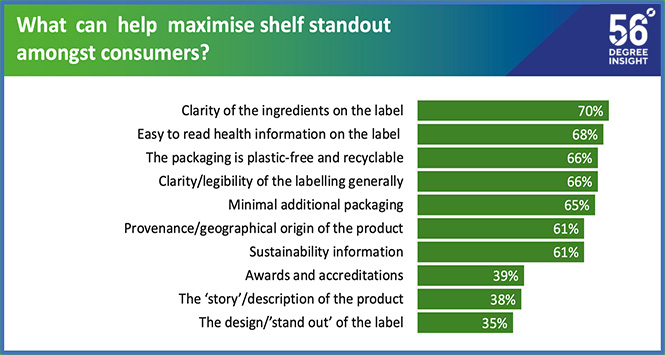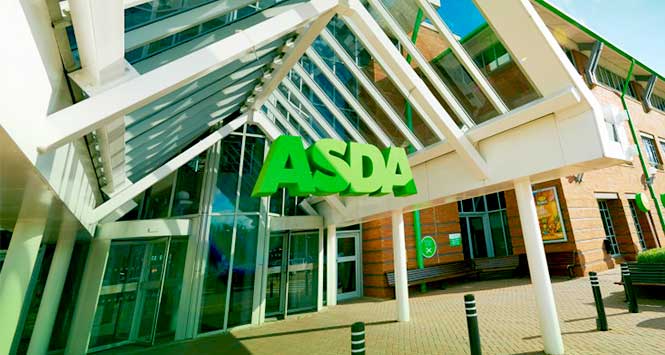In the second part of our look at the ACS Local Shop Report 2012 we focus on retailers themselves and what makes the average Scottish store tick. We also look at the most popular categories.
Despite every local shop having its own unique identity, there is much that is replicated across our entire industry. Much of that information has been collated into the first ACS Local Shop Report and the contents give an interesting insight into local retail across the UK in 2012. The report must also be commended for recognising that local retail is different across the country, and so many of the statistics within it are based on regions – meaning that information on Scotland’s scene allows for some analysis of how we do things up here.
Last month we provided an overview of shop types and locations, while this month we’re focusing more on the reailers themselves, who works in stores, and what they sell.
So, delving in, Scotland’s 5,368 convenience stores are made up of varying ethnicity. 46.1% of owners of Scottish stores are Asian or British Asian (compared with a UK average of 48%), 44% are White British (48% for UK) and 9.5% ‘other’.
Moving down from ownership, and interestingly, 64% of convenience store workers are women. As the report states, “jobs in convenience are local and flexible therefore the sector attracts a wide variety of people”. Where else can you find 25% of employees aged between 16-24 and a further 28% aged over 60?
As you will no doubt readily acknowledge from a quick look at the rota in your own shop, local retail is dominated by part-time workers, who are attracted to the flexibility it offers. In fact, 75% of c-store workers work less than 30 hours a week. Staff turnover, which is defined as being in employment for less than one year is just 13.5%, while 43% of all employees have worked at their shop for between one and five years. 2.5% have been there over 10 years.
Perhaps one reason that staff are keen to extend their employment, is because 88% of local shops offer in-store training.
Convenience stores have a familial vibe about them – and that’s not just down to retailers being so well-known in their communities. 27% of all shops employ just members of the owner’s family, while 60% of shops employ at least one family member.
Categories
In line with many similar reports, the ACS Local Shop Report cites tobacco as being the biggest category in any shop – though as ever tobacco margins means that although they represent a great deal of revenue, they do not keep a shop in business.
Over the UK, the report says 19.9% of all sales are through the tobacco category, chilled food is second on 13.2% (aside from the 14% attributed to ‘other’). Beer, wine and spirits take the final podium place with 12.3% of sales. The table above centre will give you the lowdown on all the major categories – take a look at ask yourselves how yours measure up, are you over or under indexing on anything to a noticeable degree? If so, it might be worth considering why.
Finally, customers themselves are profiled in the report, revealing that the average convenience shopper is older than the average person, which is perhaps not a huge surprise. 53% of shoppers are female, and in total, 22% have travelled less than 100 yards to reach their store, while 77% of all shoppers to a c-store have travelled less than one mile, so it seems that ‘local retailer’ is the ideal definition for a convenience store.
Shop Categories by revenue
- Tobacco 19.9%
- Chilled Foods 13.2%
- BWS 12.3%
- Packaged grocery 9.2%
- Soft Drinks 6.6%
- Fruit & Veg 5.9%
- Confectionery 5.6%
- Bread & bakery 4.9%
- News and mags 4.8%
- Milk 3.4%
Liquid breakfast
It may seem like an indulgence for many, but fresh juice is an integral part of breakfast for many. The chilled juice market across the UK is worth just over £1.1bn. growing 4.1%. That’s impressive stuff, especially when 57% of orange juice is consumed in the morning and it is increasing its share of breakfast beverage (+13%).
Tropicana is the UK’s leading chilled juice brand and while orange remains is staple product it is a brand that’s not shy of launching new variants with a host of orange combinations, and exotic fruit juices available.
Copella is another of PepsiCo’s juice brands, and is growing at 12.4%. The range has been expanded further to create incremental opportunities.
The company is also responsible for Naked juice smoothies, with retailers encouraged to stock the full range of four ‘machine’ flavours, Antioxidant Green and Mango Machines and Superfood Blue and Red Machines.





